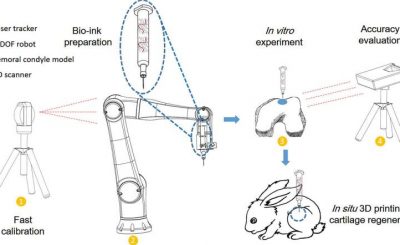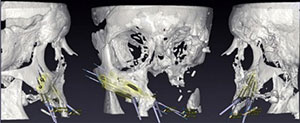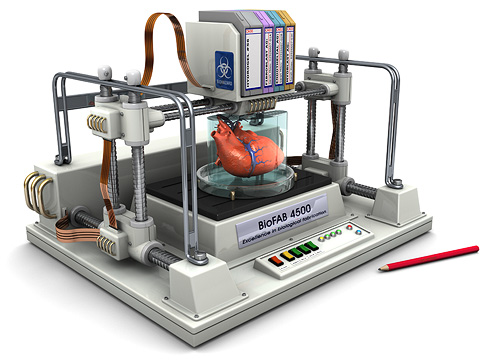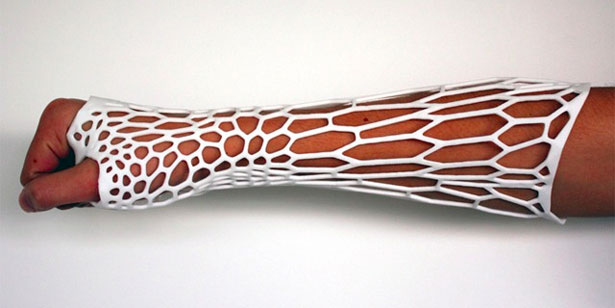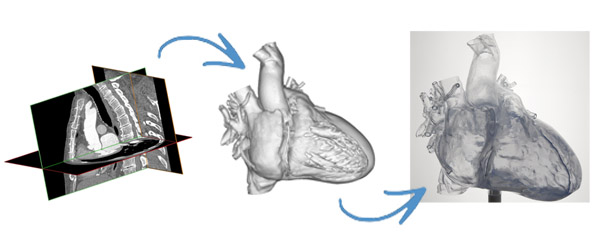A couple of weeks ago,  Thus, I contacted Prof. Pearce, who, from what I could tell, is just the kind of person that anyone writing about 3D printing, and anyone concerned with the long-term well being of human civilization and our planet, would like to have the opportunity to speak with (
Thus, I contacted Prof. Pearce, who, from what I could tell, is just the kind of person that anyone writing about 3D printing, and anyone concerned with the long-term well being of human civilization and our planet, would like to have the opportunity to speak with (
This all sounds great; however, those who work in large pharmaceutical companies may not agree that the benefits from open source could ever outweigh those of protecting, with twenty-year-long patents, products that cost several hundreds of millions of dollars to develop. “That is definitely the old way of thinking but it still remains true in many cases today,” Pearce says. “However, the pace of innovation is so fast that 20 years for a patent is anachronistic. Just think of where we were with technology two decades ago, with early cellular phones and the very first, low-resolution plasma TVs that cost several thousands of dollars.”
From what I could figure, it is not a matter of switching from a patent-centered business model to an open source one. Most medical and scientific research is already “open source”, as data and data-sets are shared regularly and, as Prof. Pearce told me, the sharing of collected data-sets is almost taken for granted when passing information between research teams. Larger companies just need to understand that this is happening and that they will have to adapt to it and embrace it, if they don’t want to be left behind when 3D printing will be ubiquitous. But when will that happen?

Prof. Pearce feels that the open source trend is already happening, at least at an academic level. Most universities already have 3D printers and, in most schools that are located near a university, the students know they have access to one, and, very often, they do access 3D printers. It does not matter what your geographical location is, even if you are totally isolated, as long as you can have access to the Internet and to a 3D printer. “For the older generations, it may be a little more difficult to get used to,” Professor Pearce observes, “and to figure out exactly what to use a 3D printer for. But for new generations, the idea that they can make and fix anything is already quite established in their minds Today you can truly make anything, even consider building a working CT Scanner, one of the most complex and expensive machines used in research today.”
“A regular RepRap 3D printer can also be used to study microfluidics, as their resolutions are capable of creating customized systems with microscopic channels,” Prof. Pearce adds. Microfluidics are very advanced and often expensive procedures used in the development of inkjet printheads, DNA chips, lab-on-a-chip technology, micro-propulsion, and micro-thermal technologies. This is just one of several advanced applications of open source desktop 3D printing (to see another example, see this story from last week) and, from the way Prof. Pearce talks about open source 3D printing, I realize that this cutting edge researh really is within reach and that the change of pace brought on by open source technology in scientific study will one day make it very difficult for large companies to compete, unless they chose to open up to it.


